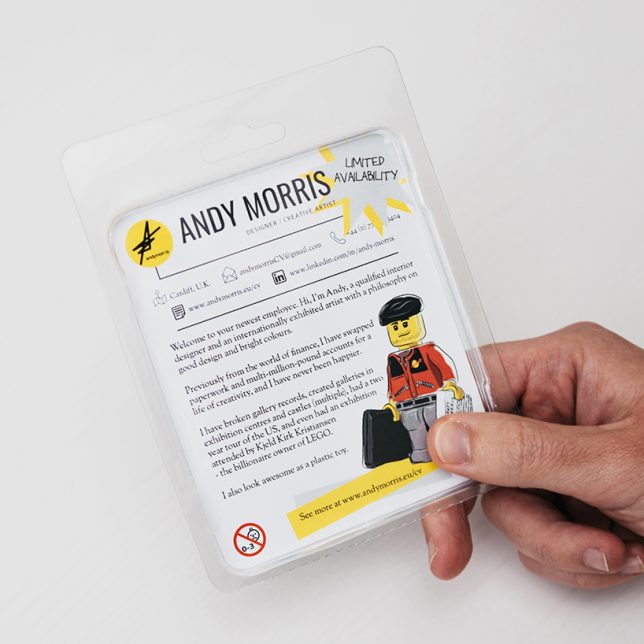 |
Yesterday we learned that at least a handful of iPhone XS and XS Max users are unhappy with their new devices’ front camera image quality, with some early adopters reporting over-excessive skin smoothening and beautification effects when taking self-portraits.
Software developer Sebastiaan de With, the man behind the Halide camera app, has had a closer look at the new iPhone models’ camera processing and says there isn’t any beautification applied to the front camera images. Instead, he says, it’s Apple’s new approach to image processing that can result in soft textures and smoothening.
 |
Both the front and rear cameras in the iPhone XS and XS Max are applying computational photography methods, merging multiple frames into one to optimize image quality across the image. Frames are captured at different exposures, with the image processor picking the best elements of each frame and combining them into the final image output.
In his blog post de Wit says that this method results in a “whole new look” that’s quite different from previous iPhone cameras. The frame merging reduces the brightness of the bright areas and the darkness of the shadow areas, resulting in textures with lower levels of contrast. All the detail is still there but the viewer perceives those areas as softer and less sharp. This is also why the skin in selfie images looks softer.
Additionally, the new iPhone models are applying more aggressive noise reduction — something Apple was already known for going heavy on in the past. This is necessary because the iPhone XS tends to user faster shutter speeds and higher ISO values than previous versions, presumably to keep motion blur to a minimum. Getting rid of the noise inevitably also eliminates some fine detail.
The reduction in detail is particularly true for the front camera where a smaller image sensor comes with higher noise levels to start with. On the plus side, dynamic range is increased which is particularly useful for high-contrast scenes, where highlight-clipping is reduced and more shadow detail visible.
De With also says all these software parameters can be tweaked by Apple. So, if it turns out the “new look” isn’t too popular with consumers the Apple engineers could pretty easily revert to a more “traditional” look via a software update.
De With’s Halide app will soon receive a new Smart RAW feature that “deactivates” Apple’s Smart HDR algorithm to reduce noise reduction and reveal more image detail and fine textures. For more information head over to Sebastiaan’s complete article on the Halide blog.
Articles: Digital Photography Review (dpreview.com)































You must be logged in to post a comment.